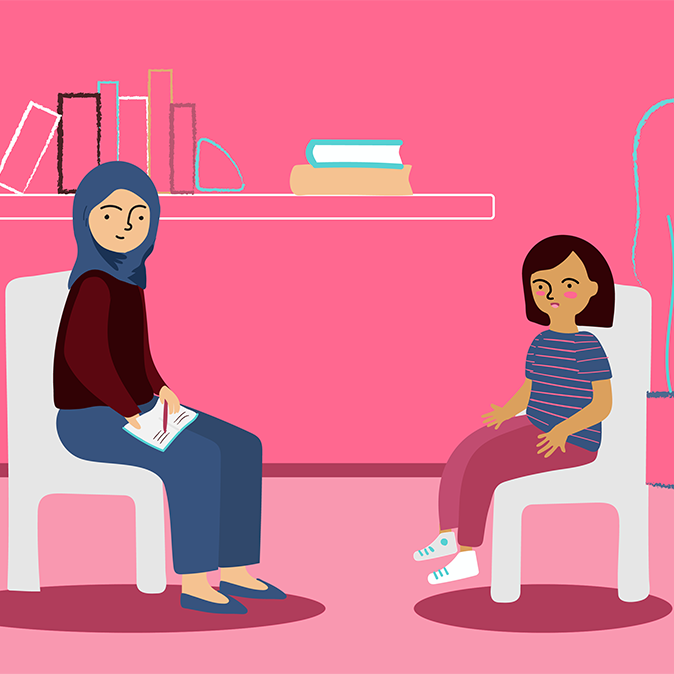The Re:Set Guide
The Re:Set Guide: How Schools Can Support Teacher Wellness During COVID-19
During the lockdown, teachers experienced medium to high amounts of stress.
Tired, concerned, overworked and emotionally exhausted — that’s how teachers from around the world are describing their days as the pandemic rages on and they struggle to keep up with transitions to remote and blended learning models. A study by the University of Oldenburg, Germany revealed that during the lockdown teachers experienced medium to high amounts of stress with female teachers experiencing higher stress levels than their male counterparts.
Stress also has a significant impact on the performance of teachers, revealed a 2013 study, leading to a dip in motivation and job satisfaction along with higher absenteeism and more errors. So how can teachers and schools deal with these mental health challenges to improve productivity? We spoke to Natalie Englander, a therapist and mental health consultant, to get more insights.
Building a culture of setting boundaries
“Reassure teachers that there aren’t expectations [to be] available 24×7,” Englander said. She reiterated that the school leadership or management should be leading the way to create a healthier work-life balance. For example, “If [the leadership is] sending emails outside of work hours, just make it clear they’re not expecting others to respond outside of working hours,” she said.
“It should remain the same [as it was before], the work day ends and their phone goes off, they close the laptop and they’re not available.”
According to Englander, schools sticking to pre-pandemic workday rules could also be helpful for teachers, many of whom are struggling with added household responsibilities and childcare duties after work. “There seems to be this culture that seems to be emerging that just because people are working from home in the day, it means that they’re more available at nighttime,” she said, adding that schools should encourage teachers to put a firm end to their day. “It should remain the same [as it was before] the work day ends and their phone goes off, they close the laptop and they’re not available,” she said.
Teachers can start to feel quite isolated at home on their own without their support network, observed Englander. To combat this, schools can try to recreate that ecosystem by implementing a virtual 30-minute drop-in every day for people to log in and reconnect, she suggested. Even something as simple as encouraging teachers to have lunch together online or share some time during their breaks could also be helpful.
To prioritize teacher wellness and mental health, Englander recommends that schools create a “reflective practice space” where colleagues can come together for a fixed time to talk about their week, the challenges that they’re facing and express themselves.
She added that bringing in a therapist or a coach to facilitate these reflective sessions could be more effective than having a senior leader from the faculty as it would help teachers freely express themselves without worrying about the impact of talking openly.
Also read: 15 Tweets About Teaching in a Pandemic That Prove Teachers Are Superheroes
Creating concrete work-life separation
Even without the direct intervention of schools, there are steps that teachers can take to better improve their productivity while working from home. “What I’d encourage people to do is to try and create a ritual or a routine for the ending of their day,” Englander said. Close your laptop, put it away, clear your workspace and go for a walk or do an activity that acts as a transition from your work to personal life. If you don’t work from a space that’s separate from your bedroom, she added that using a screen to divide your work area can help create some boundaries.
Keeping an eye out for signs of burnout is also key for teachers. Englander observed that these can often manifest as physical symptoms such as tiredness and aches or negative thoughts, feelings of anxiety, frustration.
“Uncertainty is often a fuel for worry,” Englander said, “so wherever possible, schools should reduce uncertainties…for teachers.”

























